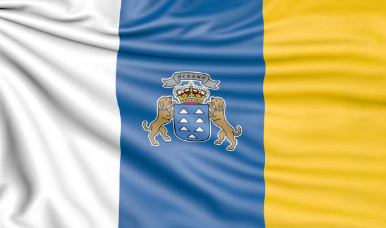
- Discovering the Canary Islands: Spain’s Atlantic Treasure
The Canary Islands (Islas Canarias) are a stunning Spanish archipelago located off the northwest coast of Africa. Known for their dramatic landscapes, unique culture, and year-round mild climate, the Canary Islands offer a blend of volcanic beauty, golden beaches, and vibrant cultural experiences. In this article, we will explore the geography, culture, history, and top attractions that make the Canary Islands a must-visit destination.
-
Geography and Climate
The Canary Islands consist of seven main islands: Tenerife, Gran Canaria, Lanzarote, Fuerteventura, La Palma, La Gomera, and El Hierro. These islands are located in the Atlantic Ocean, roughly 100 kilometers off the coast of Morocco. Each island offers its own unique geography, from towering volcanoes to expansive beaches and lush forests.
The climate in the Canary Islands is subtropical, with mild winters and warm summers, making it an ideal destination year-round. Known as the “Islands of Eternal Spring,” the Canaries boast over 3,000 hours of sunshine annually. The islands’ diverse microclimates mean that visitors can enjoy sunny beaches in Fuerteventura while snow might cap Mount Teide in Tenerife during the winter.
-
Volcanic Origins and Unique Landscapes
The Canary Islands are of volcanic origin, which has created their striking landscapes. Tenerife is home to the majestic Mount Teide, the highest peak in Spain and one of the most iconic volcanoes in the world. The national park surrounding Mount Teide is a UNESCO World Heritage Site, offering visitors dramatic volcanic landscapes, ancient lava flows, and breathtaking views from the summit.
Lanzarote, known for its lunar-like terrain, features the Timanfaya National Park, where geothermal activity creates a mesmerizing display of volcanic power. Visitors can witness geysers of steam and even have meals cooked over natural volcanic heat.
-
Rich Cultural Heritage
The Canary Islands have a unique cultural heritage influenced by both their geographic location and historical events. The islands were once inhabited by the Guanche people, an indigenous Berber population, before Spanish colonization in the 15th century. The Guanches’ influence can still be seen in the islands’ traditions, folklore, and even certain archaeological sites.
Spanish, African, and Latin American influences have shaped Canarian culture, and this blend is visible in the islands’ architecture, music, and festivals. Traditional Canarian music includes folk instruments like the timple, a small stringed instrument similar to a ukulele, often heard during local festivals.
-
World-Class Beaches and Watersports
The Canary Islands are famous for their stunning beaches, each offering something different. Fuerteventura is renowned for its expansive stretches of golden sand and crystal-clear waters, making it a haven for beachgoers, surfers, and windsurfers. The Corralejo Dunes offer an otherworldly experience with vast, rolling sand dunes.
For those interested in watersports, Lanzarote and Gran Canaria are top destinations for surfing, windsurfing, and kitesurfing due to their strong Atlantic winds and perfect wave conditions. Diving enthusiasts will also find vibrant underwater ecosystems in the waters surrounding the islands, home to an array of marine life, including rays, dolphins, and turtles.
-
Top Attractions in the Canary Islands
- Mount Teide National Park (Tenerife): One of Spain’s most popular natural landmarks, Mount Teide offers incredible hiking trails and cable car rides to the summit, where visitors can marvel at the views of the surrounding islands.
- Timanfaya National Park (Lanzarote): A volcanic wonderland where visitors can experience geothermal demonstrations and explore the striking, barren landscapes that resemble the surface of another planet.
- Las Palmas de Gran Canaria (Gran Canaria): This lively city combines beach life with rich history. Visitors can explore the Vegueta district, home to Casa de Colón, a museum dedicated to Christopher Columbus, and enjoy the beautiful urban beach of Playa de las Canteras.
- La Palma: Known as the “Isla Bonita,” La Palma is a paradise for nature lovers. The island’s Caldera de Taburiente National Park offers lush forests, waterfalls, and stunning hiking routes. La Palma is also one of the best places in the world for stargazing due to its clear skies and minimal light pollution.
- Garajonay National Park (La Gomera): A UNESCO World Heritage Site, this park is home to one of the last surviving laurel forests in the world. The misty, magical forest offers peaceful hiking trails and a glimpse into an ancient ecosystem.
-
Festivals and Traditions
The Canary Islands are known for their vibrant festivals, many of which blend religious traditions with colorful celebrations. One of the most famous is the Carnival of Santa Cruz de Tenerife, considered one of the largest and most elaborate carnivals in the world. The streets come alive with parades, costumes, and music in a vibrant celebration that rivals Rio de Janeiro’s carnival.
Another important tradition is Romería, a pilgrimage-like festival where locals dress in traditional Canarian clothing and celebrate with food, music, and dancing. The Romería de San Benito in Tenerife is one of the most well-known romerías, attracting participants from across the islands.
-
Conclusion
The Canary Islands offer an extraordinary blend of natural beauty, unique culture, and adventure. From the towering heights of Mount Teide to the pristine beaches of Fuerteventura, the islands cater to a variety of tastes and interests. Whether you’re drawn by the volcanic landscapes, the world-class watersports, or the vibrant local festivals, the Canary Islands promise an unforgettable experience. With their warm climate and welcoming culture, these islands remain one of Spain’s most treasured destinations for travelers seeking both relaxation and exploration.
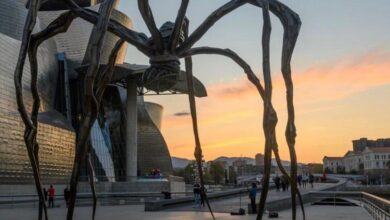



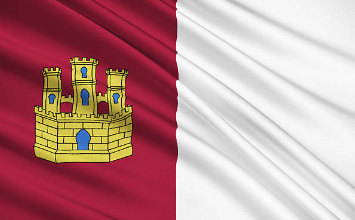
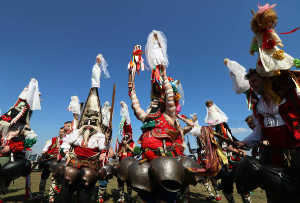
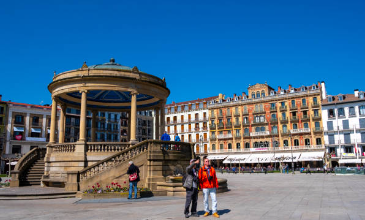
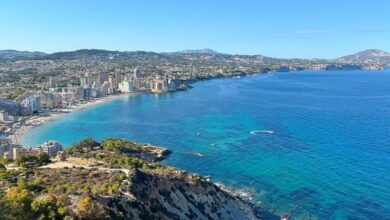
One Comment